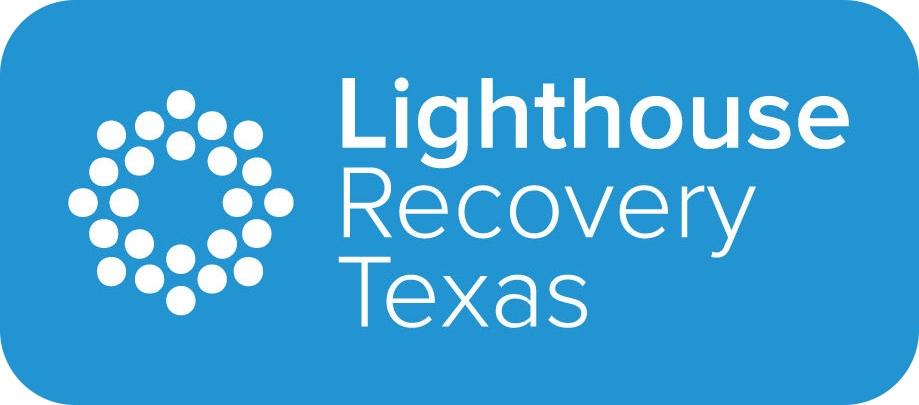Methamphetamine, commonly known as meth, is a powerful and highly addictive stimulant that has devastating effects on the brain and body. Its misuse has become a significant public health issue, with methamphetamine addiction leading to severe mental and physical health problems. One of the most alarming consequences of meth abuse is meth-induced psychosis. This condition blurs the line between reality and delusion, posing severe risks to individuals and those around them.
Background on Methamphetamine
Methamphetamine is a synthetic drug that stimulates the central nervous system, producing intense euphoria, increased energy, and heightened alertness. Initially developed for medical purposes, its potency and addictive nature have made it a popular yet dangerous street drug. Long-term methamphetamine use can lead to a range of mental health issues, with psychosis being one of the most severe.
Overview of Psychosis
Psychosis is a mental health condition characterized by a disconnection from reality. Individuals experiencing psychosis may suffer from hallucinations, delusions, and disorganized thinking. These symptoms can make it difficult for them to discern what is real from what is not, leading to behaviors that can be dangerous to themselves and others. While psychosis can occur due to various reasons, such as schizophrenia or bipolar disorder, drug-induced psychosis, particularly from methamphetamine, is increasingly common.
Understanding Meth-Induced Psychosis
Meth-induced psychosis is a state of psychosis triggered by the use of methamphetamine. Unlike other forms of psychosis that may have a genetic or environmental basis, meth-induced psychosis is directly linked to the neurotoxic effects of meth on the brain. This condition can manifest during active meth use or even after a person has stopped using the drug, making it a particularly challenging condition to manage.
Signs and Symptoms
The signs and symptoms of meth-induced psychosis are similar to those seen in other forms of psychosis but may be more intense due to the drug’s effects. Common symptoms include:
- Visual and auditory hallucinations
- Paranoia and delusions, such as believing someone is out to harm them
- Aggressive or violent behavior
- Severe anxiety and agitation
- Confusion and disorganized thinking
- Insomnia and erratic sleep patterns
These symptoms can lead to unpredictable and dangerous behavior, often requiring immediate medical intervention.
Causes and Triggers
The primary cause of meth-induced psychosis is the neurotoxic effect of methamphetamine on the brain. Methamphetamine increases the release of dopamine, a neurotransmitter associated with pleasure and reward. However, chronic use leads to an overproduction of dopamine, which can damage the brain’s dopamine receptors, contributing to the development of psychosis. Triggers for meth-induced psychosis include high doses of meth, long-term use, sleep deprivation, and existing mental health disorders.
The Science Behind Meth-Induced Psychosis
How Meth Affects the Brain
Methamphetamine profoundly impacts the brain by increasing the levels of dopamine, serotonin, and norepinephrine. These neurotransmitters are crucial in mood regulation, reward, and stress response. Meth’s ability to flood the brain with dopamine creates the intense euphoria users seek but also causes significant harm over time. The brain’s natural ability to produce dopamine is impaired, leading to a dependence on the drug to feel any sense of pleasure or normalcy.
The Role of Dopamine
Dopamine is central to meth-induced psychosis. The overstimulation of dopamine receptors due to meth use can lead to permanent changes in brain structure and function. This alteration in dopamine pathways is what underlies the psychotic symptoms observed in meth users. The brain’s reward system becomes hijacked, leading to compulsive drug-seeking behavior and the development of psychosis as the brain struggles to balance its chemical environment.
Identifying Meth-Induced Psychosis
Diagnostic Criteria
Diagnosing meth-induced psychosis involves differentiating it from other forms of psychosis, such as those caused by schizophrenia or bipolar disorder. The Diagnostic and Statistical Manual of Mental Disorders (DSM-5) provides guidelines for diagnosing substance-induced psychotic disorder, which includes meth-induced psychosis. Critical criteria include the presence of hallucinations or delusions during or shortly after methamphetamine use, and another mental health condition must not better explain the symptoms.
Challenges in Diagnosis
One of the significant challenges in diagnosing meth-induced psychosis is the overlap of symptoms with other psychiatric disorders. Additionally, individuals with meth-induced psychosis may be reluctant to disclose their drug use, complicating the diagnostic process. Clinicians must carefully evaluate the patient’s history, current symptoms, and substance use to make an accurate diagnosis.
Impact on Individuals and Society
Personal Health
Meth-induced psychosis takes a severe toll on an individual’s physical and mental health. The psychological distress caused by hallucinations and delusions can lead to self-harm or suicidal tendencies. Physically, prolonged meth use can result in malnutrition, severe dental problems (often referred to as “meth mouth”), and cardiovascular issues. The combination of these factors can significantly reduce life expectancy.
Social Relationships
The impact of meth-induced psychosis extends beyond the individual to affect their social relationships. Family and friends may struggle to understand the person’s behavior, leading to strained relationships or complete isolation. The aggressive and paranoid behaviors associated with psychosis can also lead to legal problems, including arrests or restraining orders, further complicating social interactions.
Economic Costs
The economic costs of meth-induced psychosis are substantial. Healthcare expenses related to emergency room visits, psychiatric care, and long-term rehabilitation can be overwhelming for both individuals and society. Additionally, the inability to maintain employment due to the condition can lead to financial instability, contributing to homelessness and reliance on social services.
Treatment Options for Meth-Induced Psychosis
Immediate Interventions
Immediate treatment for meth-induced psychosis often involves hospitalization, where the individual can be monitored and treated in a safe environment. Antipsychotic medications may be administered to help manage symptoms, and sedatives can be used to calm agitation. Detoxification from meth is also a critical first step in treatment, as ongoing use will only exacerbate psychotic symptoms.
Long-term Rehabilitation
Long-term treatment for meth-induced psychosis involves a combination of psychiatric care, behavioral therapy, and support groups. Cognitive-behavioral therapy (CBT) is often used to help individuals recognize and change destructive thought patterns and behaviors. In addition, support groups like Narcotics Anonymous can provide a community of peers who understand the challenges of meth addiction and recovery.
Recovery and Rehabilitation
Steps Towards Recovery
Recovery from meth-induced psychosis is a gradual process that requires a comprehensive treatment plan. This plan should address both the psychosis and the underlying addiction. Key steps include continued therapy, medication management, and regular monitoring by healthcare professionals to prevent relapse and manage any recurring symptoms.
Support Systems
A robust support system is crucial for recovery. This includes not only professional care but also the support of family and friends. Encouraging a positive environment, maintaining open communication, and setting healthy boundaries can help individuals stay on the path to recovery.
Importance of Addiction Treatment Care
Addiction treatment care is vital in addressing meth-induced psychosis. Without proper treatment, the chances of relapse are high, which can lead to the reemergence of psychotic symptoms. Treatment centers like Lighthouse Recovery offer specialized programs that combine psychiatric care with addiction treatment, providing a holistic approach to recovery.
Preventive Measures
Preventing meth-induced psychosis requires a multi-faceted approach that includes education, early intervention, and community support. Awareness campaigns that inform the public about the dangers of methamphetamine use and the risks of psychosis can play a crucial role in prevention.
Education and Awareness
Educational programs aimed at both young people and adults can help prevent meth use and the subsequent development of psychosis. These programs should highlight the risks associated with meth use, including the potential for permanent brain damage and the development of severe mental health conditions.
Community Programs
Community-based programs that provide resources and support for individuals struggling with meth addiction are essential. These programs can offer counseling, support groups, and access to treatment facilities like Lighthouse Recovery, helping to reduce the prevalence of meth-induced psychosis in the community.
Get Help Today
Meth-induced psychosis is a severe condition with far-reaching consequences for both individuals and society. Understanding the causes, symptoms, and treatment options is crucial for those affected by meth addiction and their loved ones. With the proper support and treatment, recovery is possible, and individuals can regain control of their lives. Lighthouse Recovery is committed to providing comprehensive care that addresses both the addiction and the mental health challenges associated with meth use, offering hope and a path forward for those in need. Contact us today to talk with our team of professionals.





